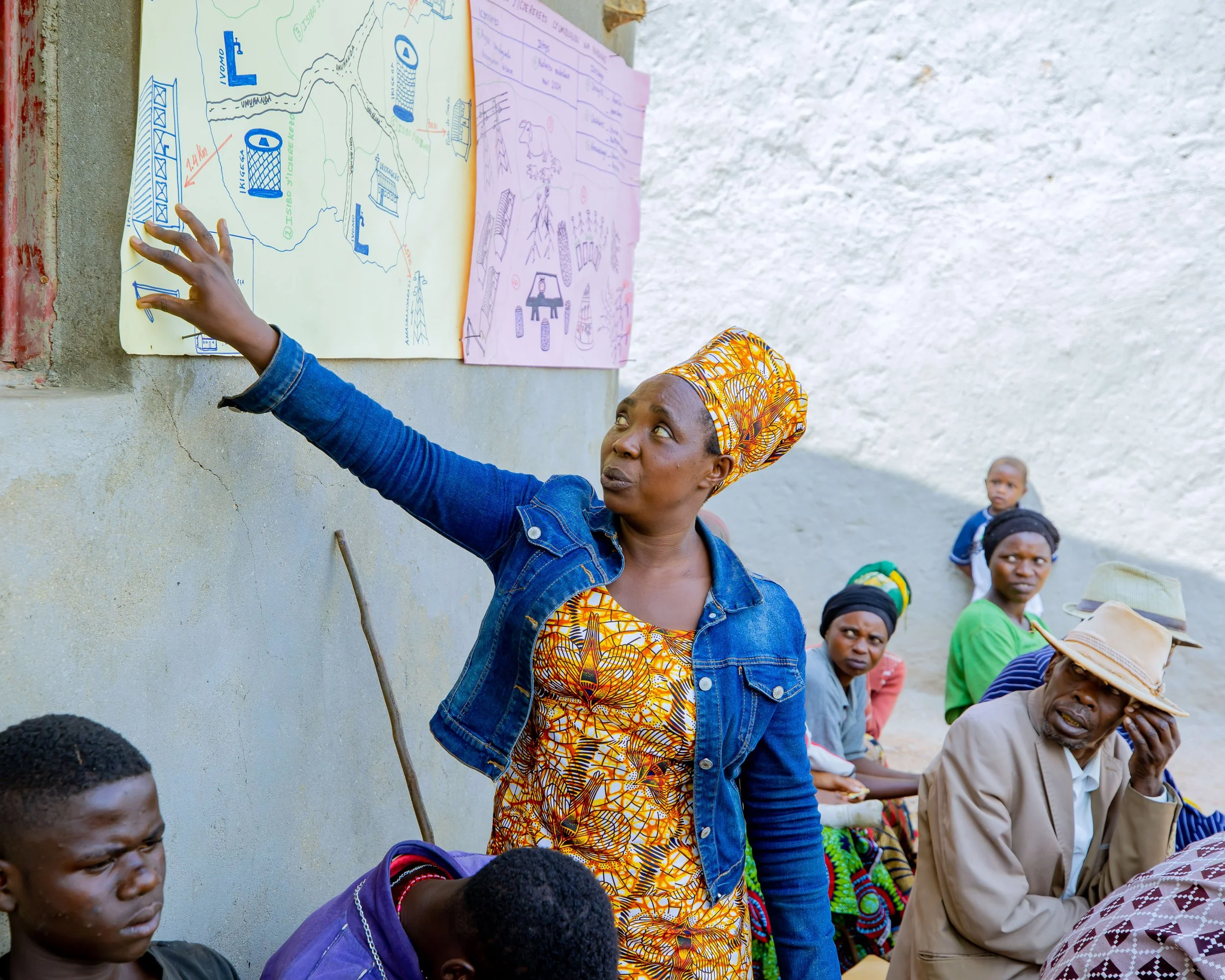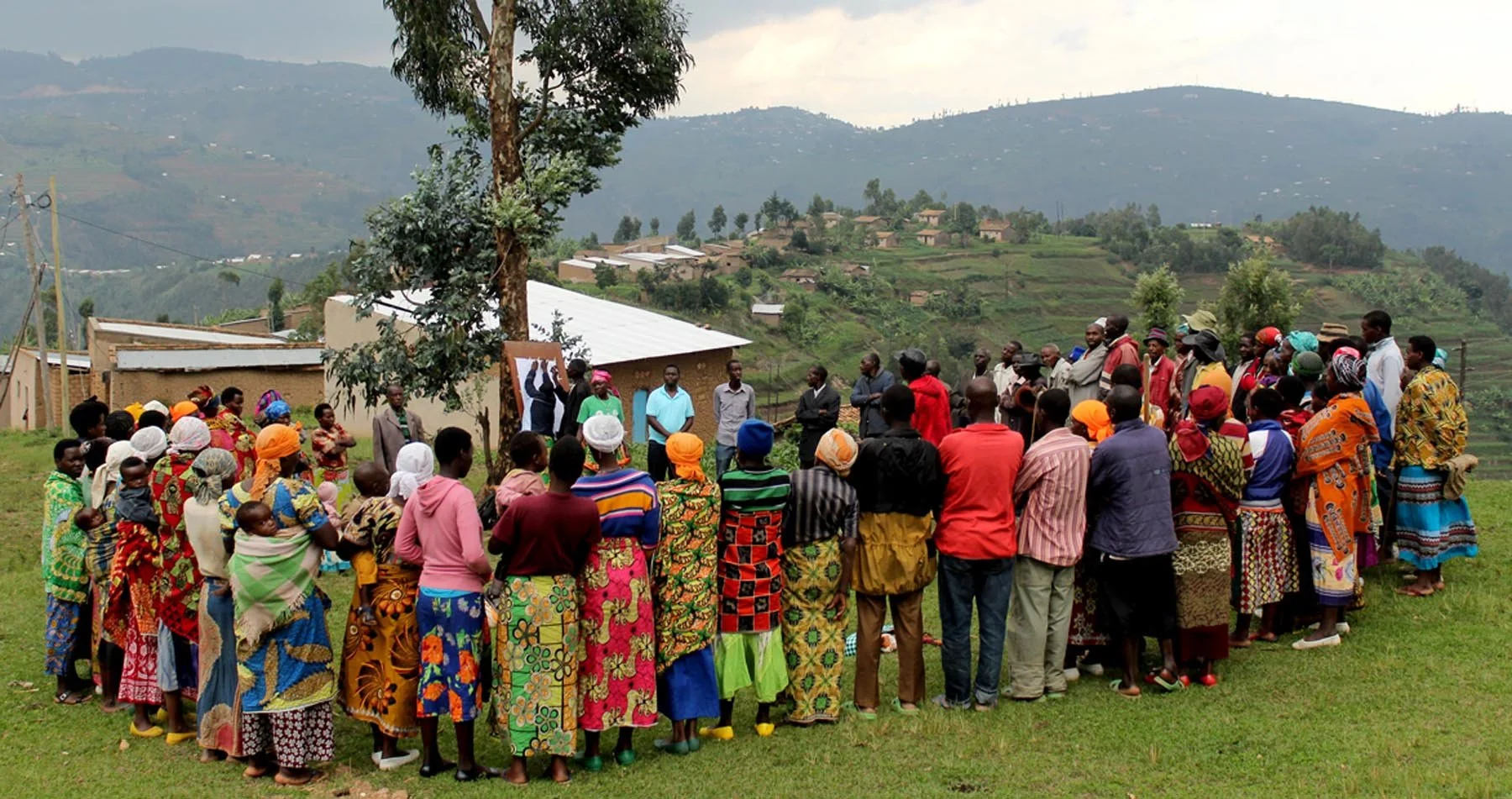Two Pillars of Impact
There are two pillars of impact we measure to ensure long term outcomes. We track the growth in household assets, savings and food security for a decade and more to ensure Durable Livelihoods.
We track the growth in citizen engagement in village meetings, which fosters a growing trust in collective identity and action, ultimately leading to Collective Agency.
What we have learned.
Impact over a decade is not linear, it is circular. When these two reinforcing pillars of impact begin to repeat, we are confident that every village will have the power to be self-sustaining long after we are gone.
Proven Impact
》Less than $30 per person
Village planning paired with cash grants lead to impacts that endure for over a decade. Spark’s approach costs less than $30/person, making it scalable nation-wide. Other leading poverty reduction programs cost between $300-$2,000 per person.
》Generates 2x the income
Households in Spark villages have more than double the annual income than local villages who have not been through the Spark process. Households that participated in Spark 6-9 years ago had higher incomes than those from 4-5 years ago showing sustained improvement as their savings grow and access to financial credit increases.
》With 2x the impact
For every project stimulated by the Spark process, villages independently launch another, resulting in a 2x impact multiplier.
》Durable for 10+ years
The Spark process has shown to produce sustained impacts over 10 years and longer. This has surprised economists who compare this to other dominant aid models that last only 2-3 years.
》Reaching 1 million and more
To date, Spark has reached over one million lives across Rwanda, Burundi, Uganda, Malawi and Ghana.






